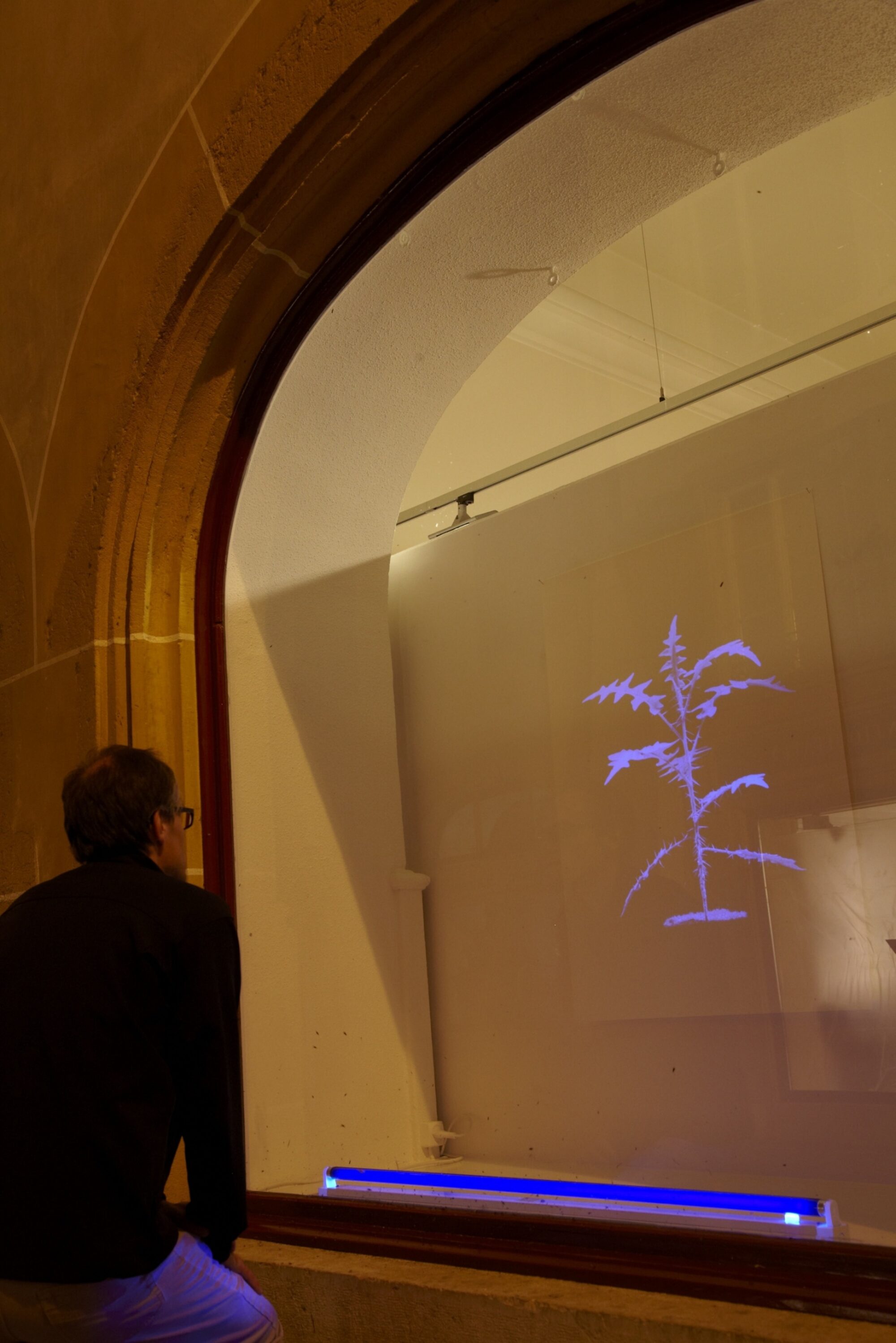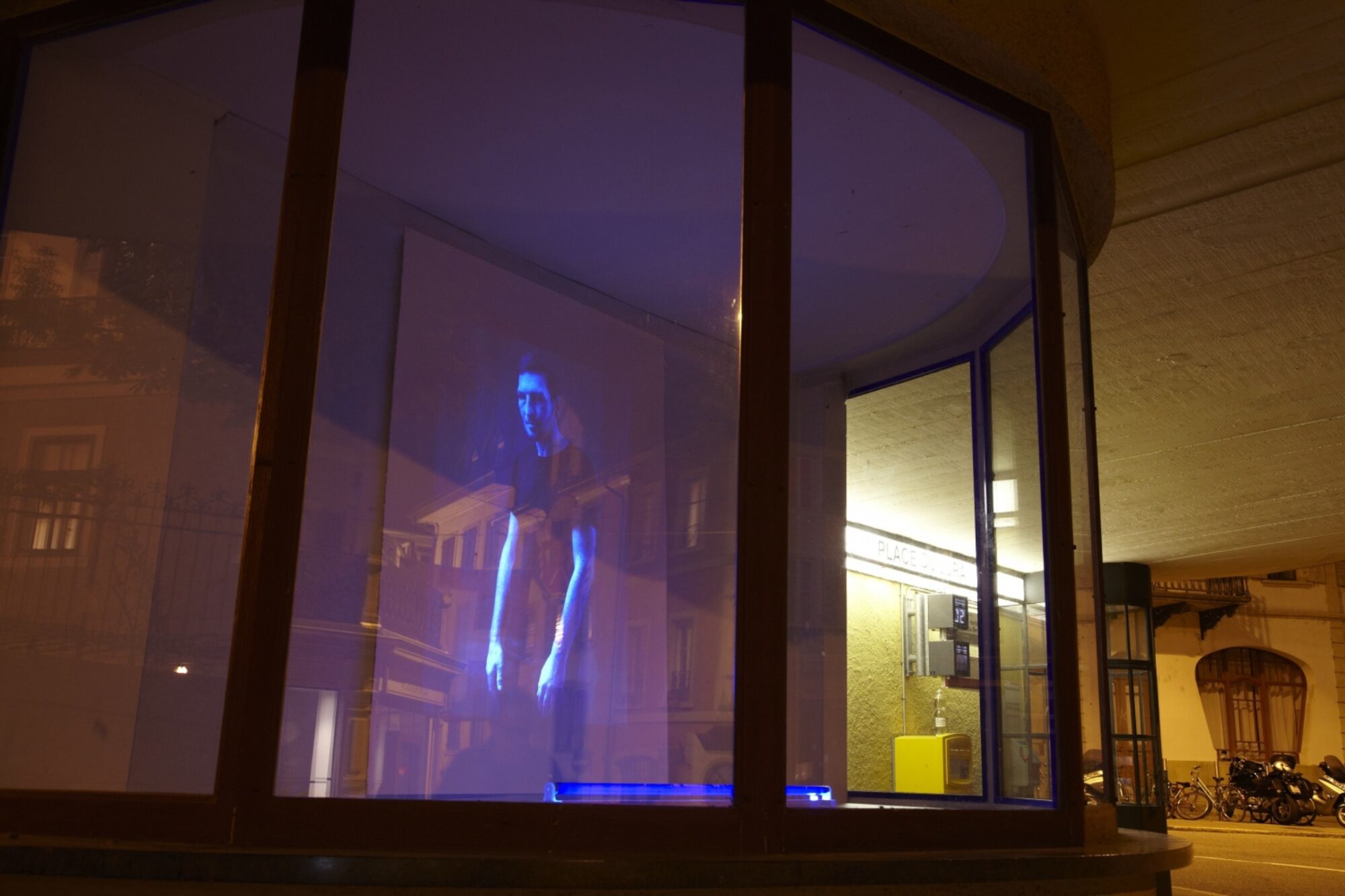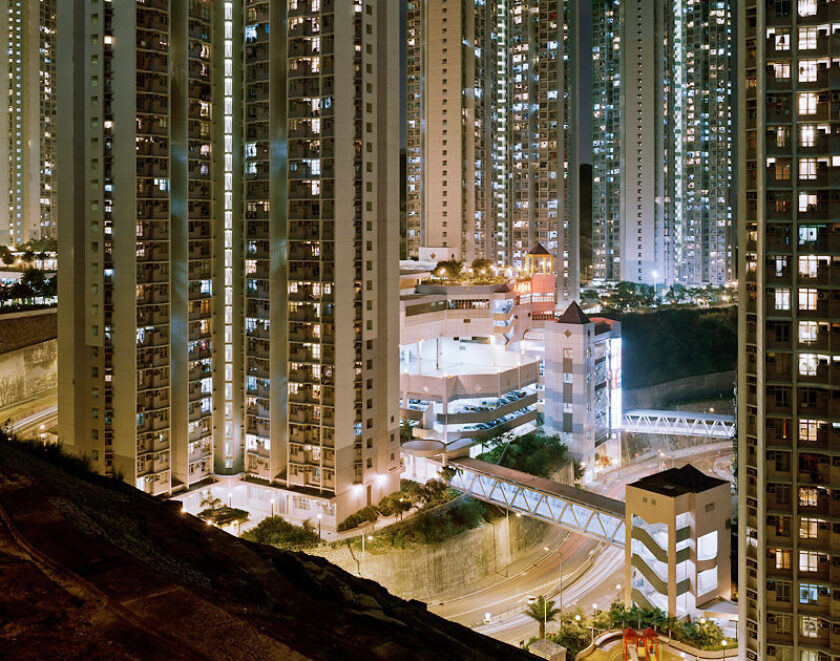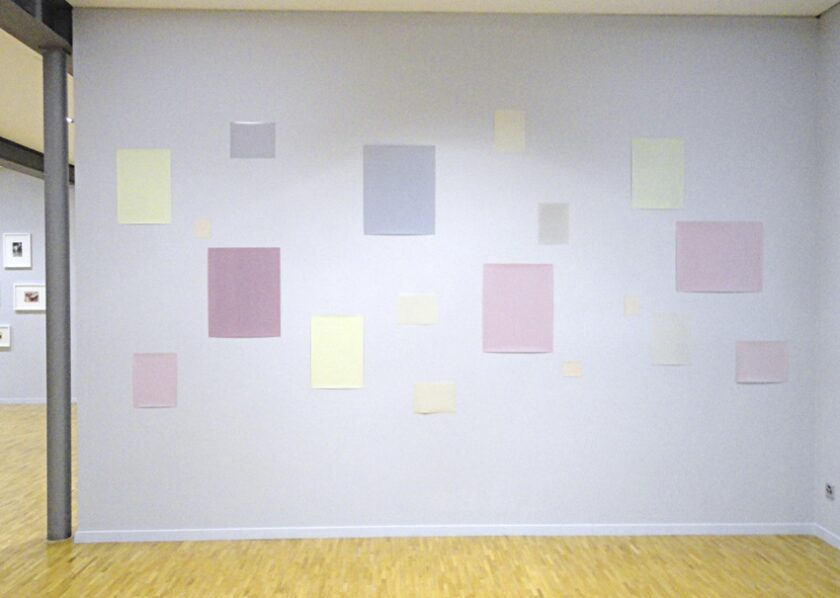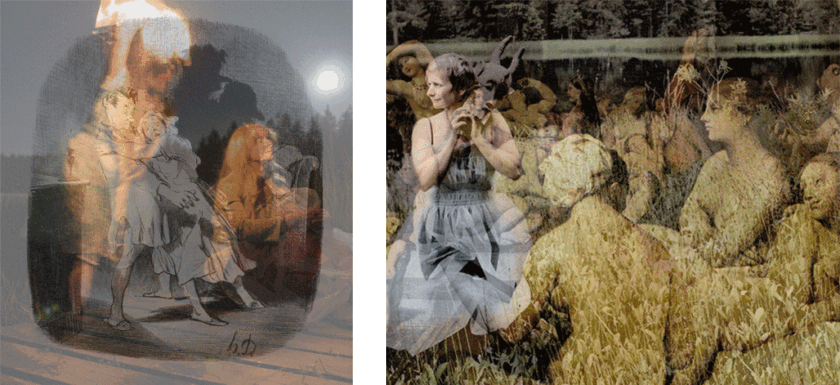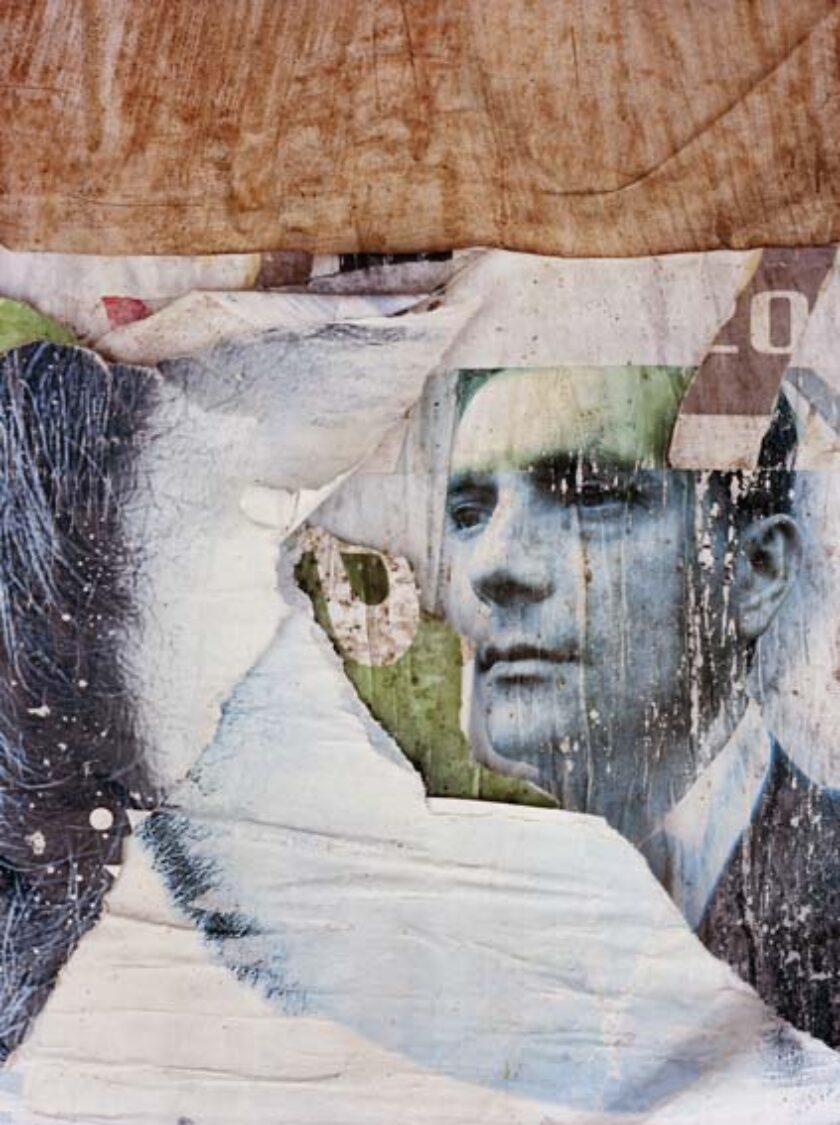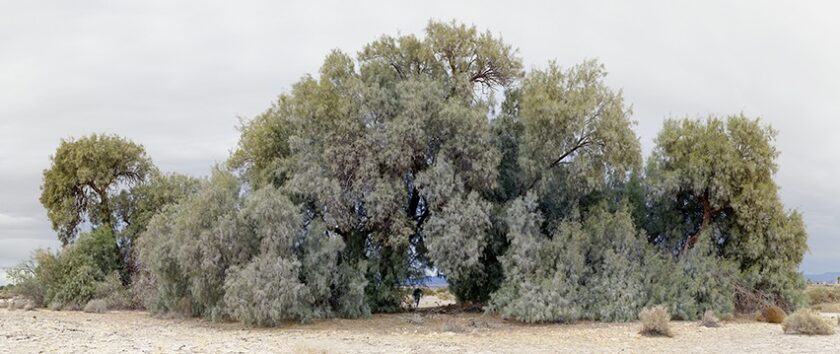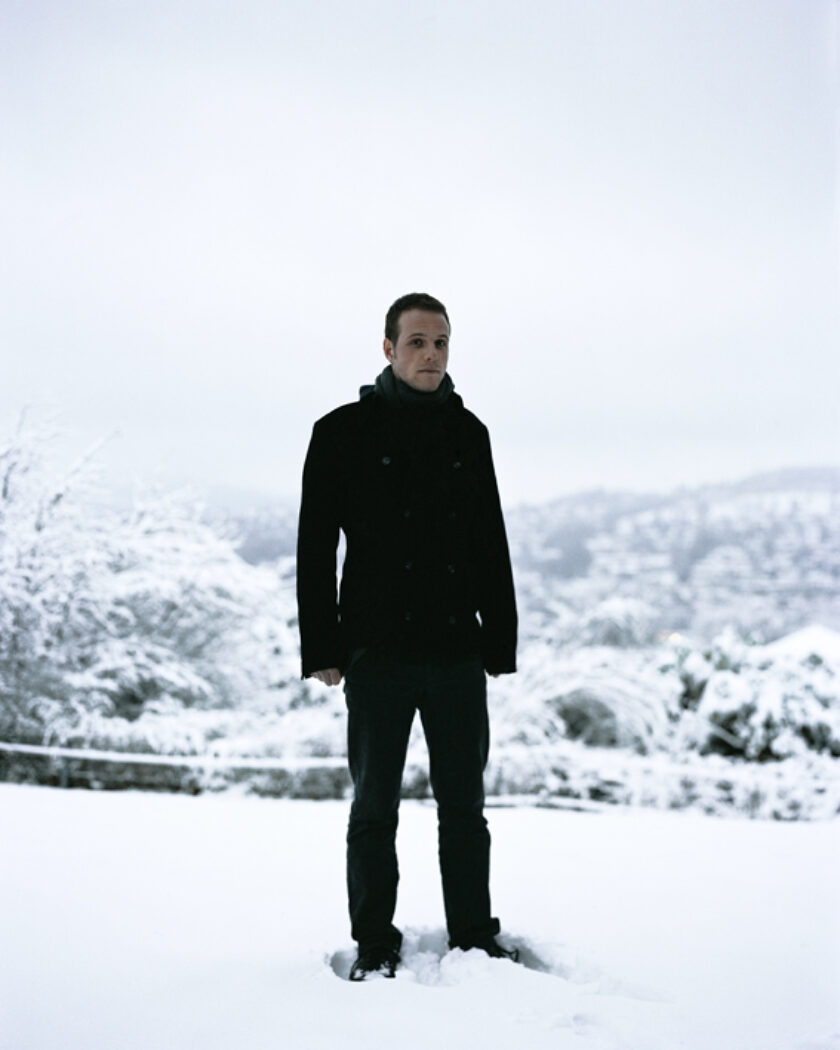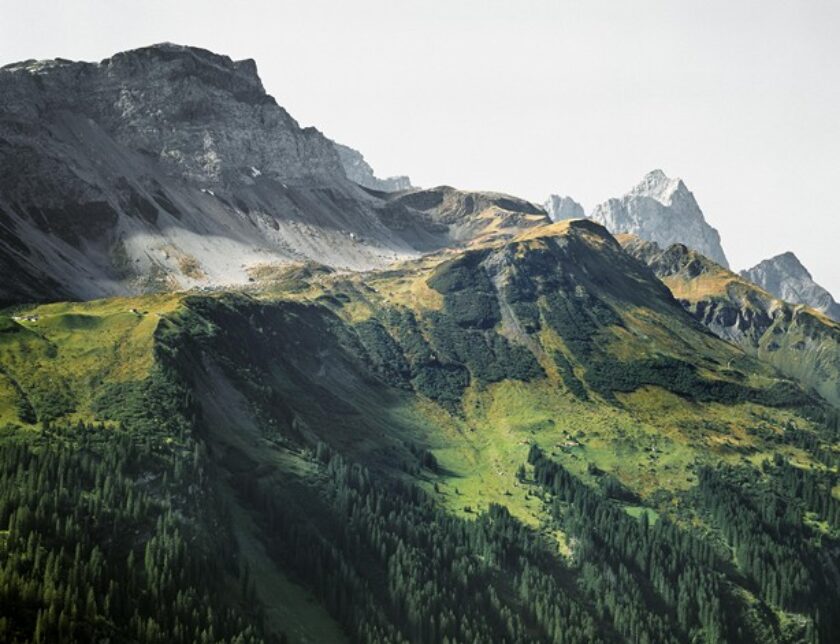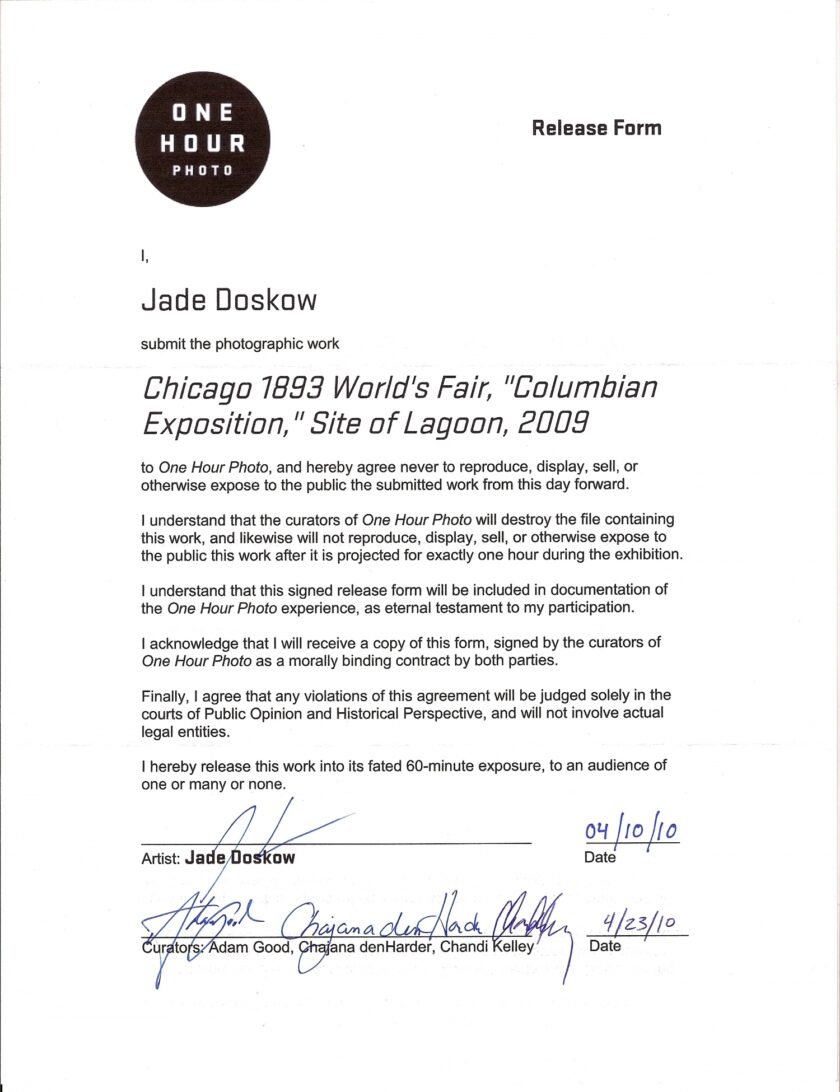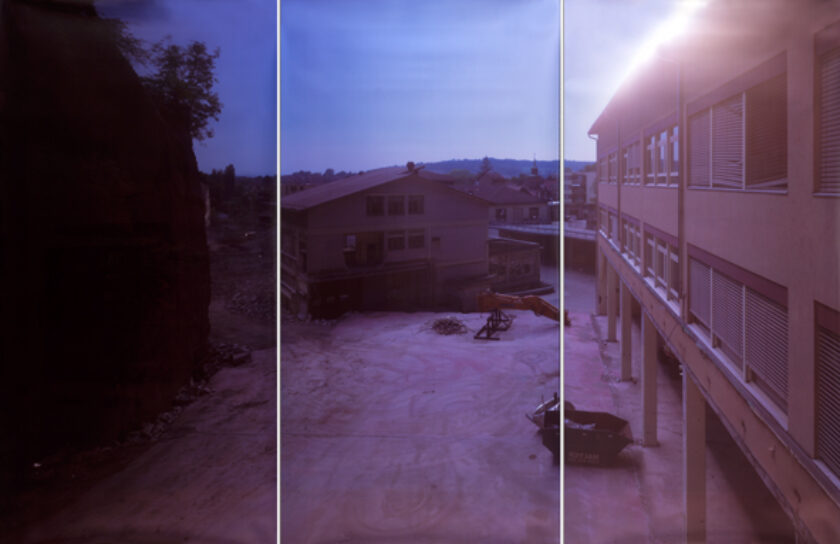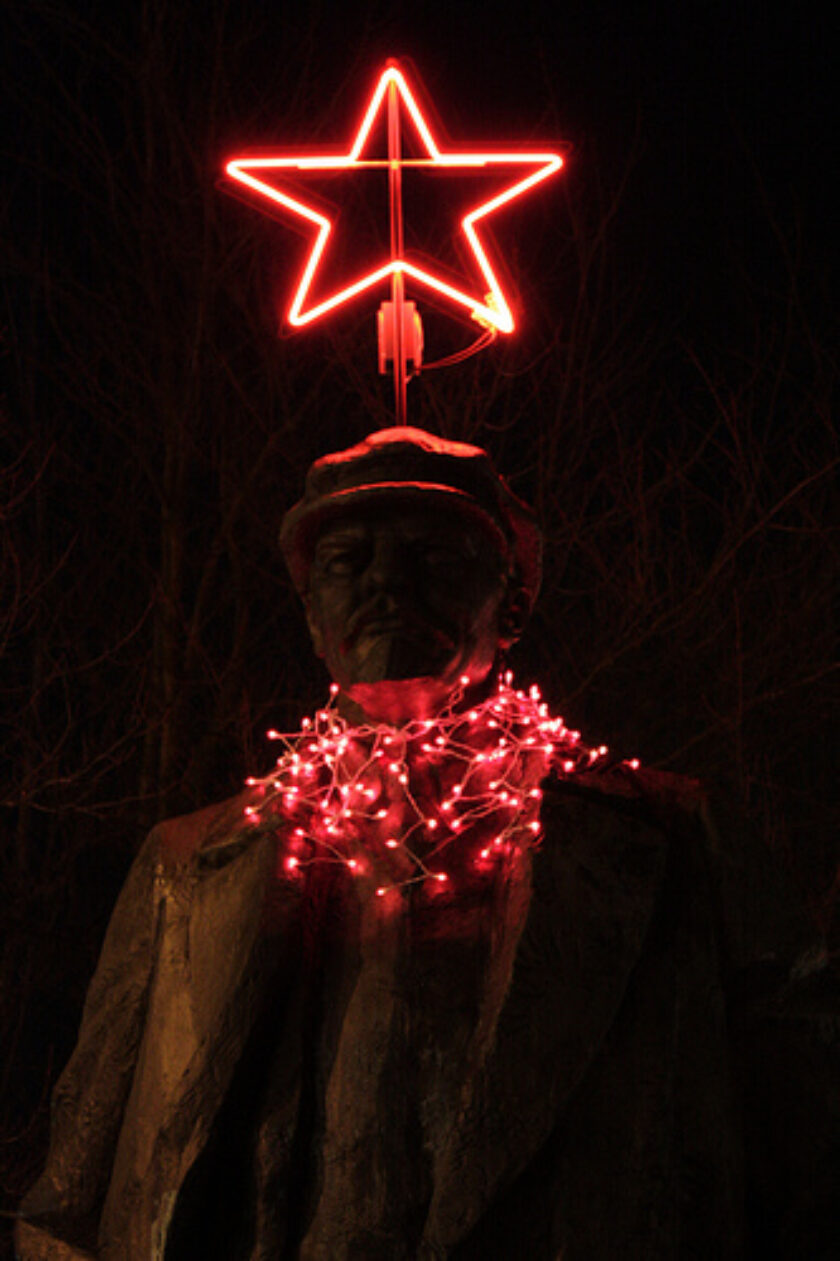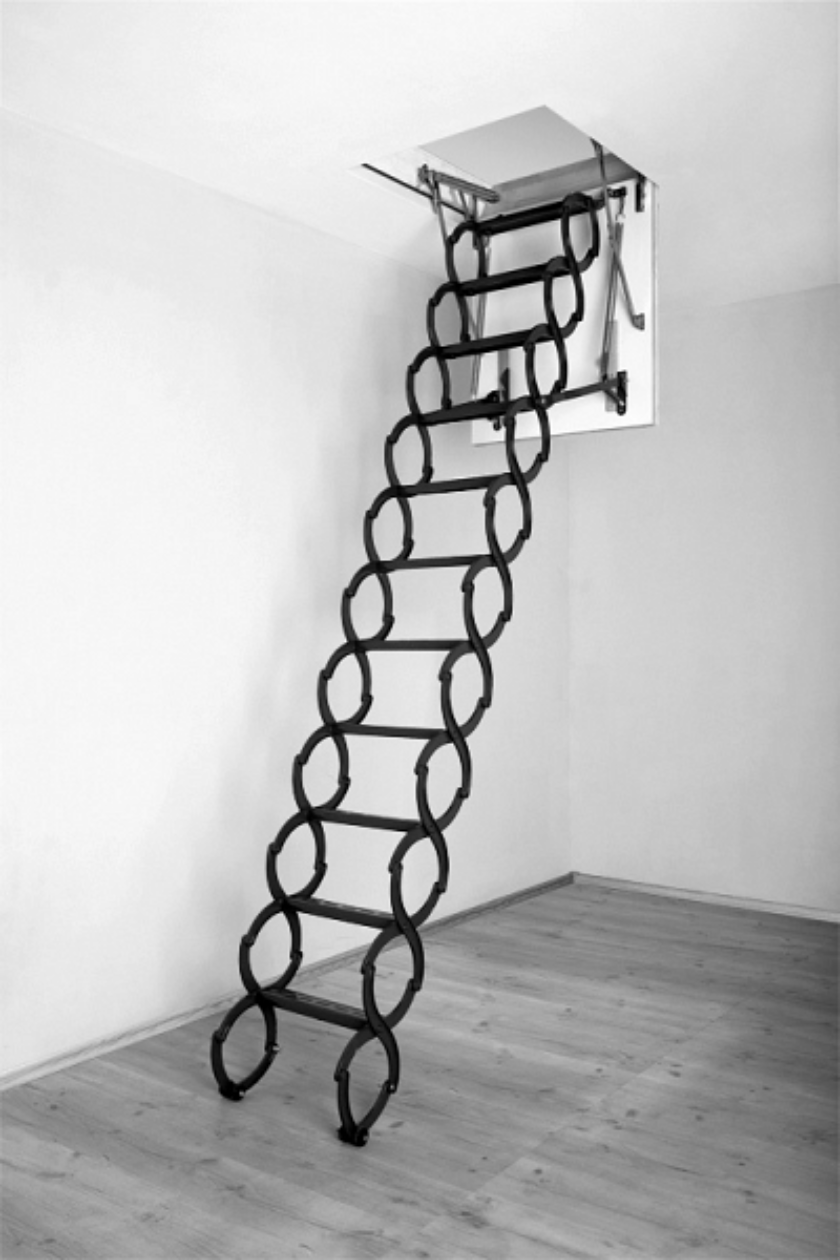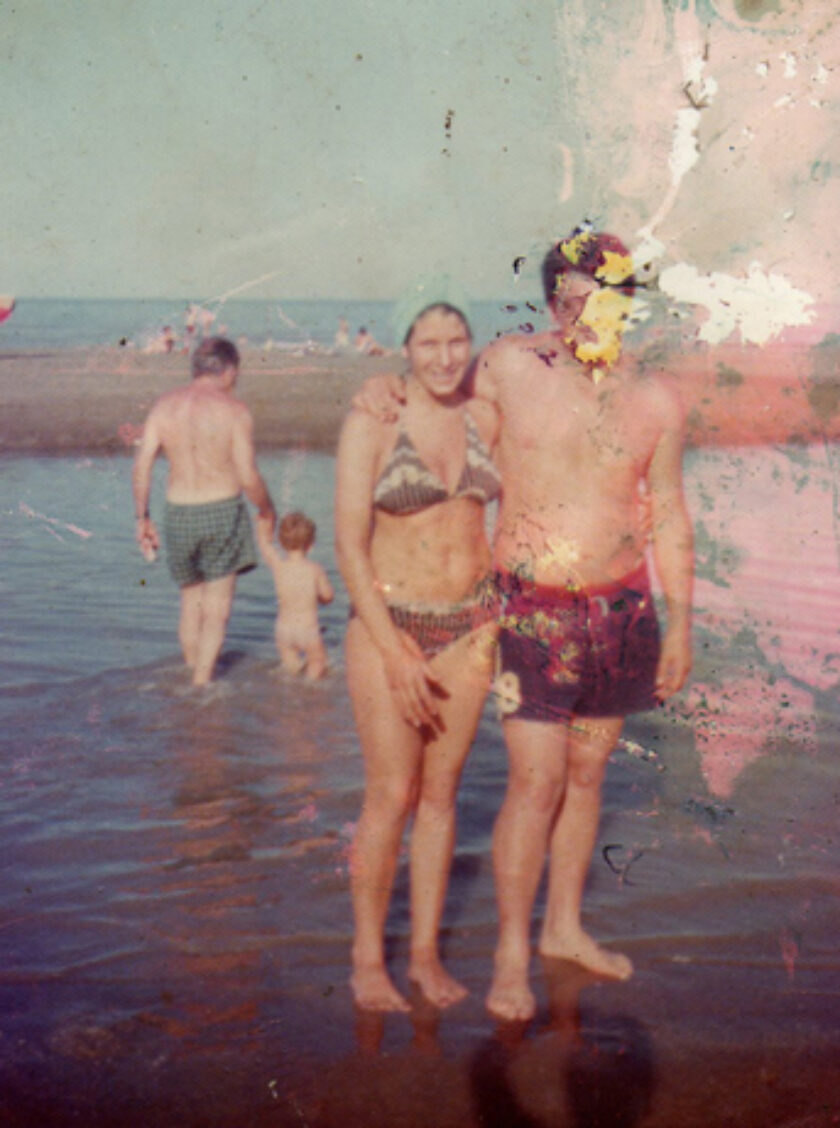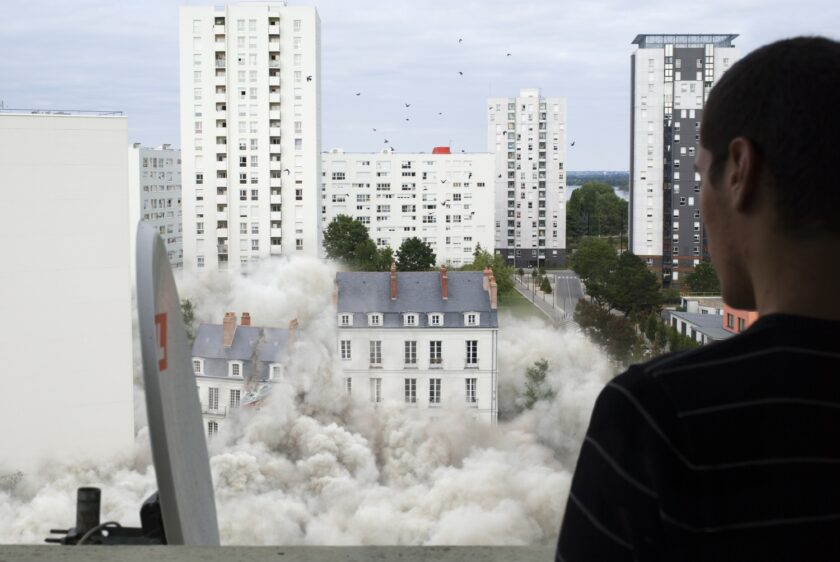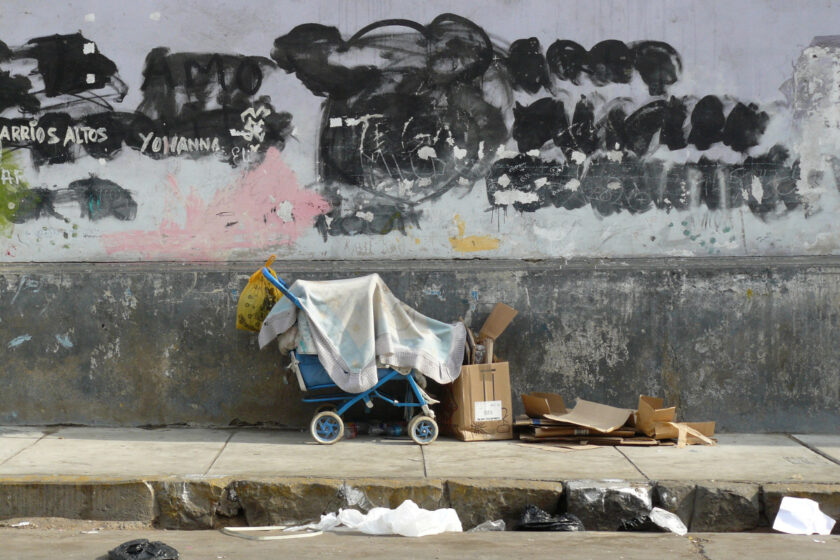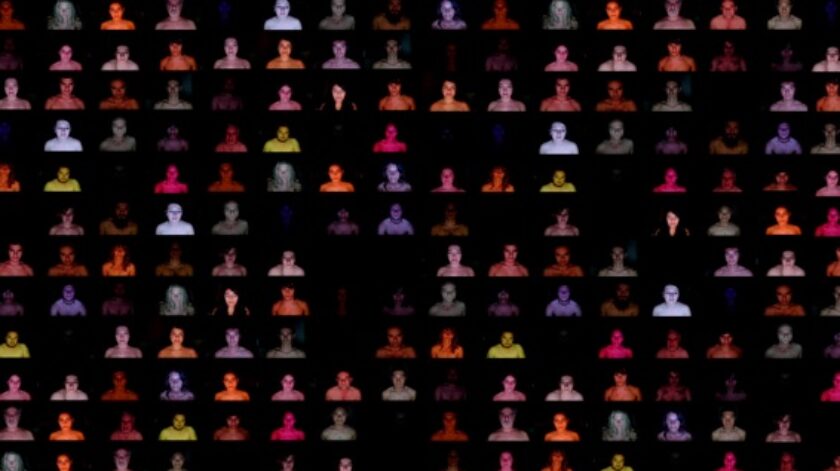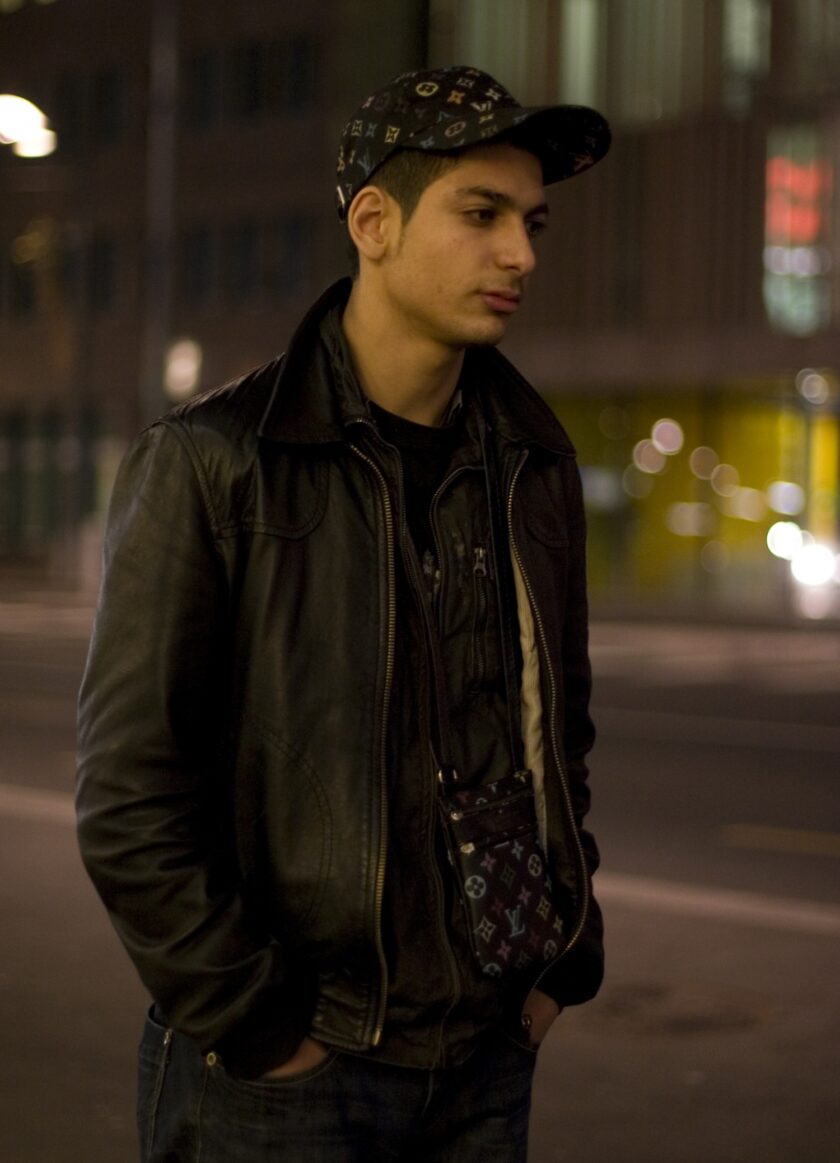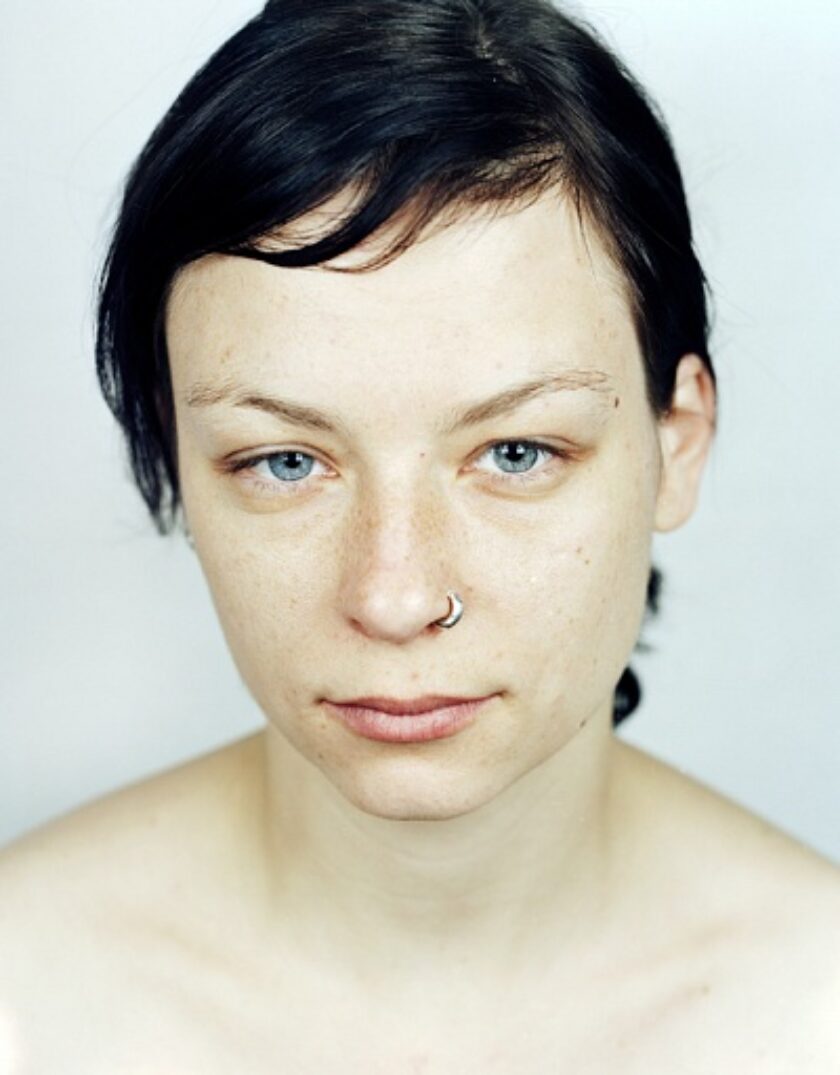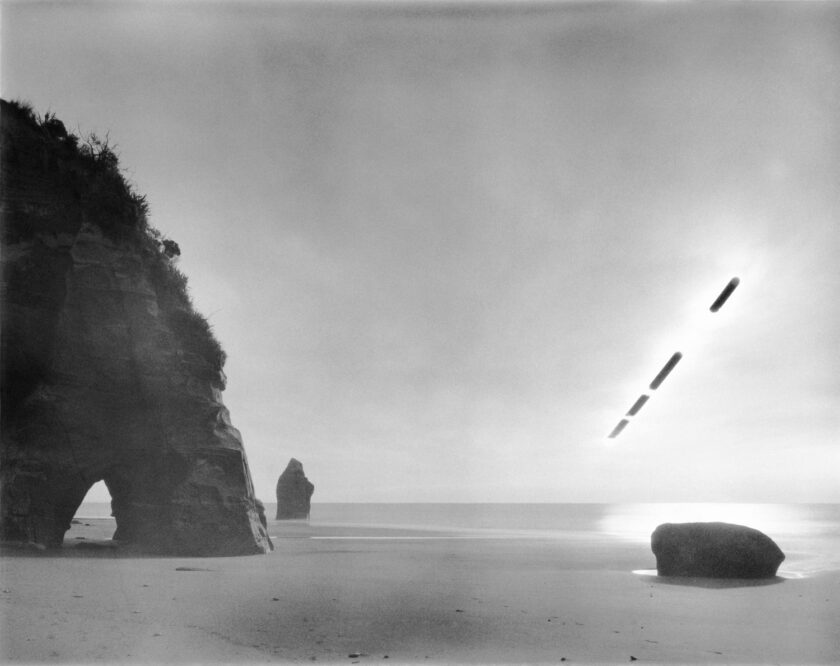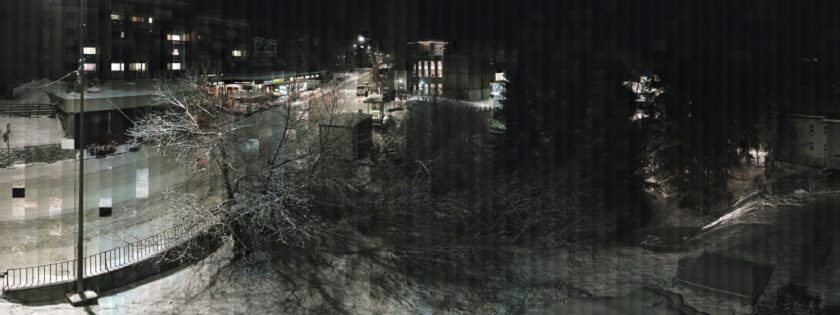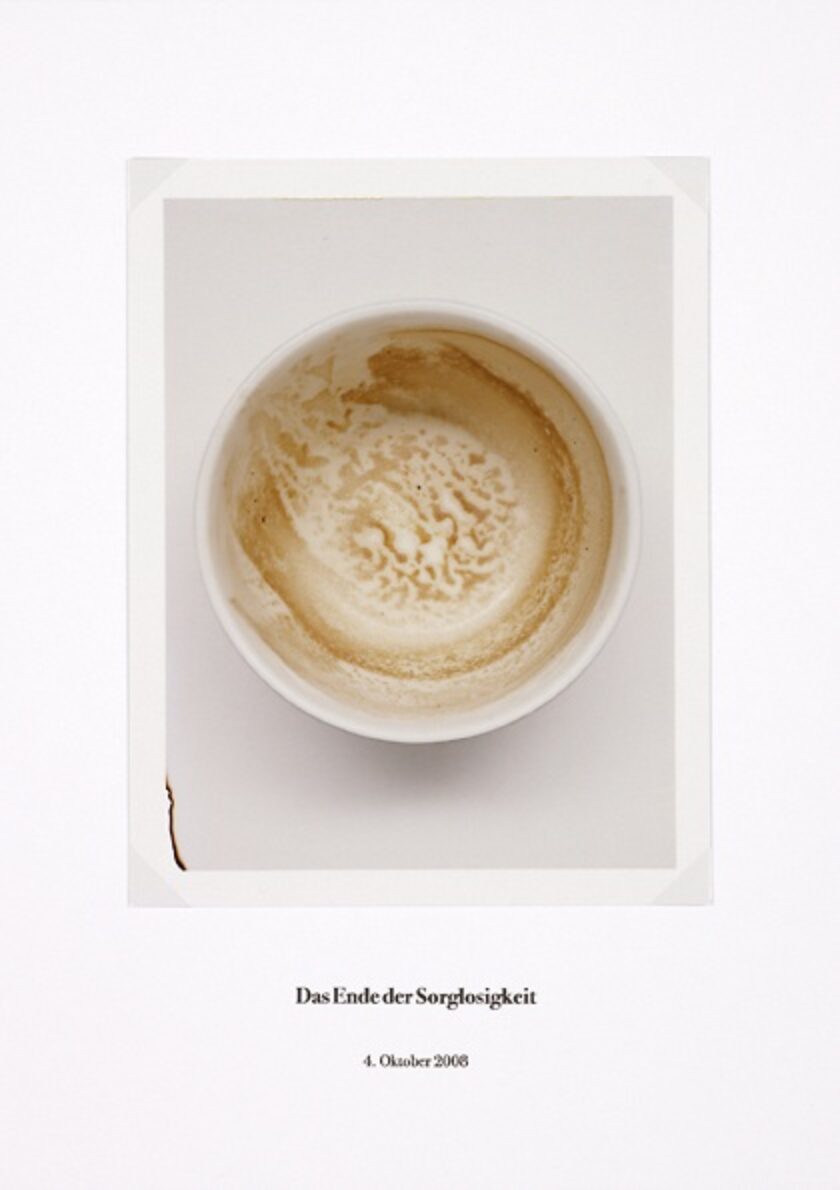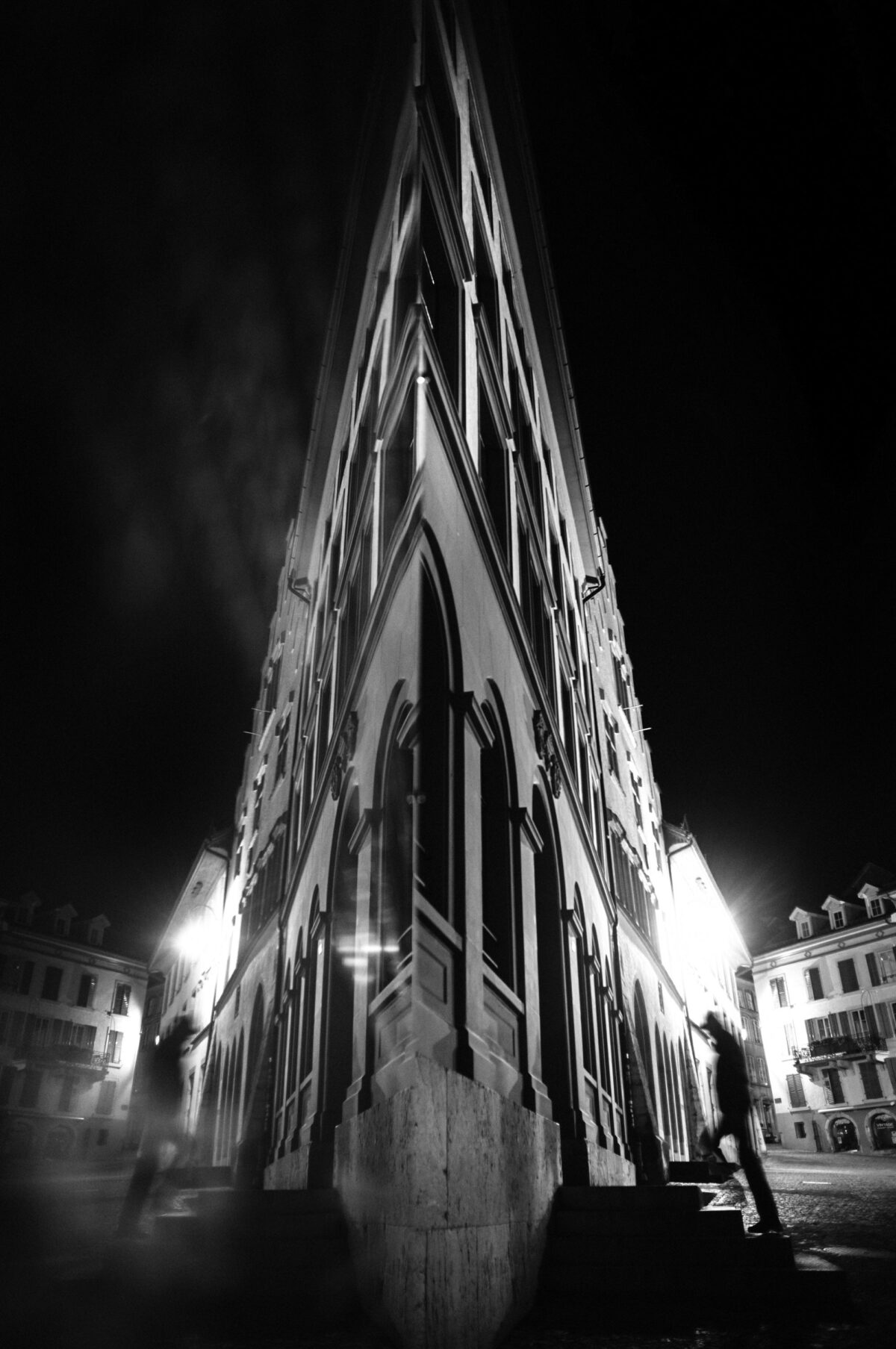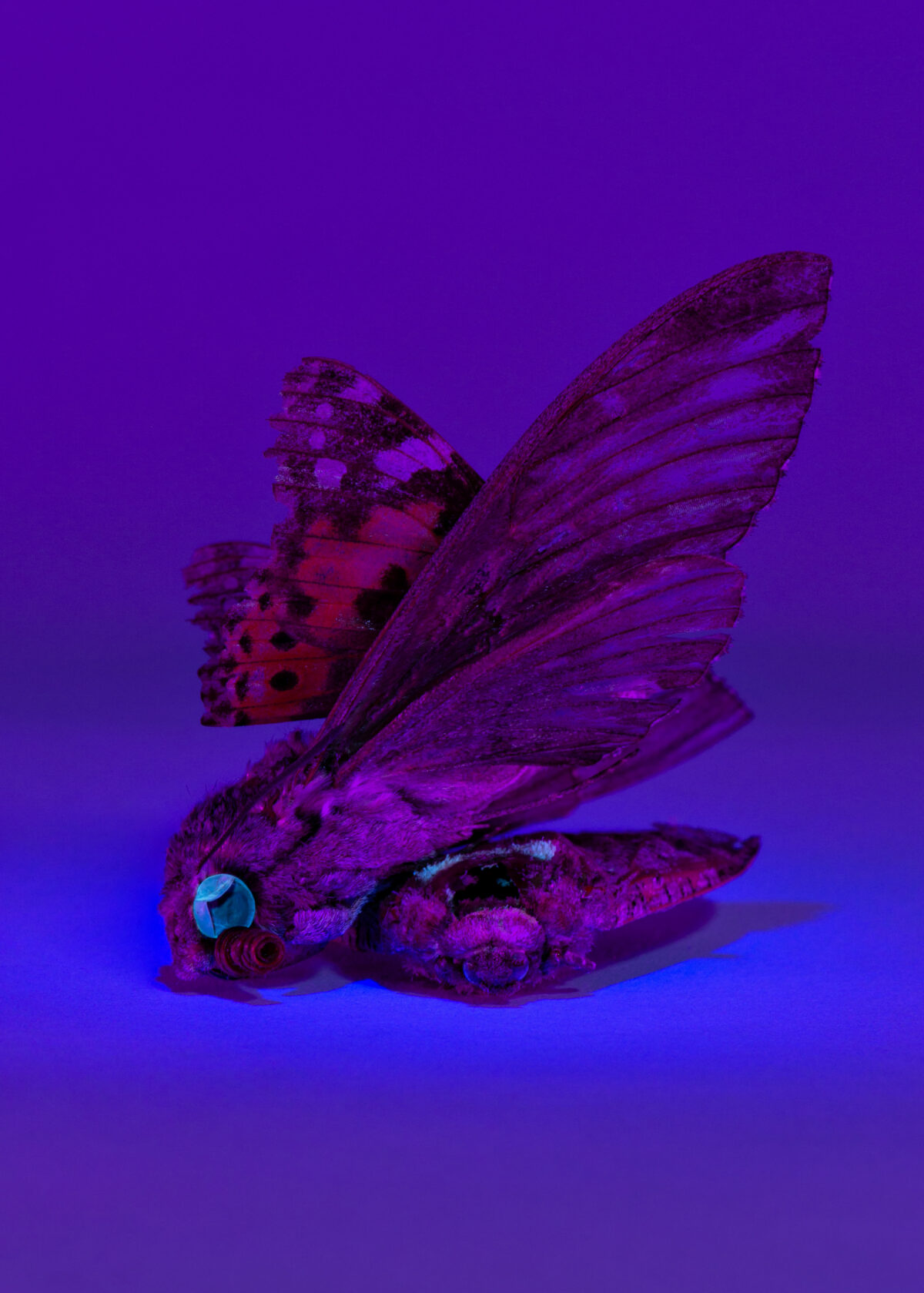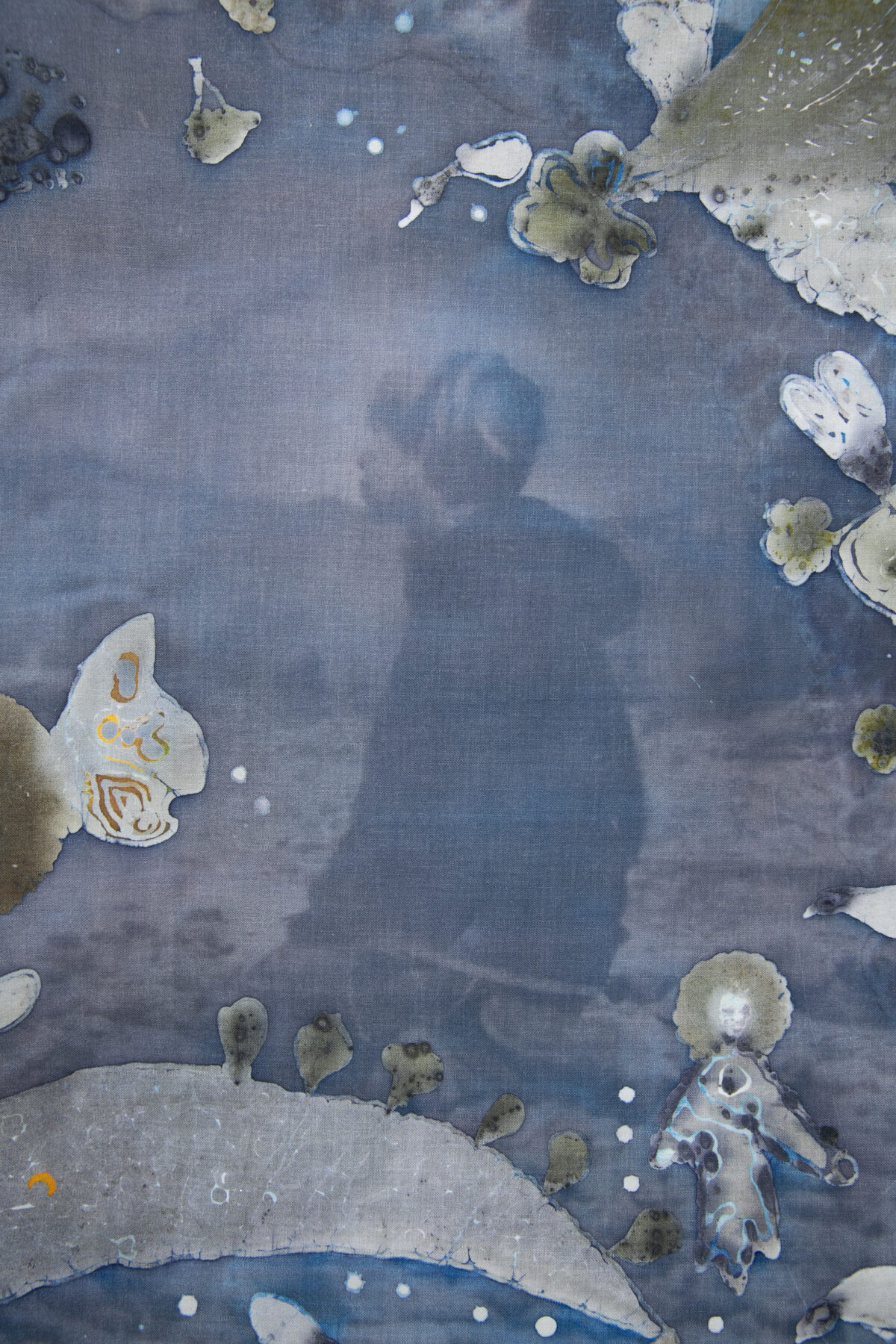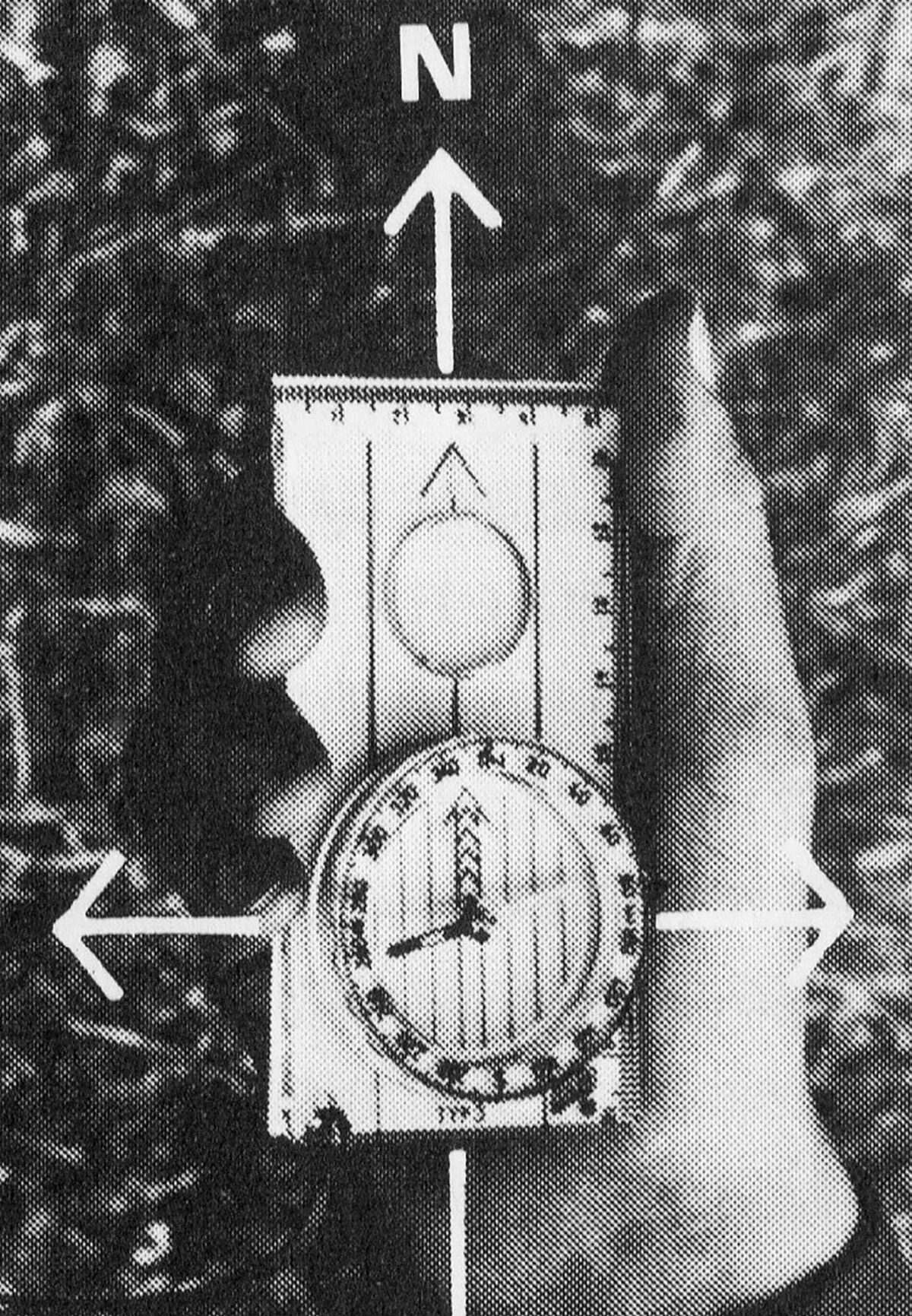Large leaves of immaculate whiteness are suspended on white walls. Neons emitting a black lightare buzzing on the roof. As the hours pass and the darkness intensifies, the light from the tubes begins to dominate and to gradually reveal serigraphs. Portraits of drug addicts begin to appearopposite the solanaceous plants. The images in “Schwarzes Licht” fluctuate between presence and absence. The cycle of appearanceand disappearance varies according to the nature and intensity of the light source. The spectator’s visual experience is therefore subject to time, both its duration and in a meteorological sense.While visible at night, these human and vegetal bodies vanish in the daylight. This inversion of visibility/invisibility and day/night refers directly to the opposition of life/death.
These latent imagesreveal themselves to those patient enough to wait for them – or they surprise those who aren’t expecting to see them. In her artistic approach, Nicole Hametner seeks to reveal the disturbing natureof her subjects. It is no surprise that night holds a prominent place in her work, as a subject and a setting (“L’Heure bleue”, “Le Sapin”) and as an essential condition (“Schwarzes Licht”). Nicole Hametner does not hide her interest in romanticism and psychoanalysis. When she speaks of “Schwarzes Licht”, she evokes Freud and Greek mythology. Deadly nightshade (Atropa belladonna)refers directly to the figure of Atropos. The three Moirae – or Fates – spin (Clotho), measure (Lachesis) and cut (Atropos) the thread of life. In psychoanalysis, the long thread of the life force is structuredby a series of situations produced by ruptures. In the manner of Atropos, the nature of the light source structures the cycle of appearance/disappearance, life/death of the images in “Schwarzes Licht”.
Year of production: 2010

